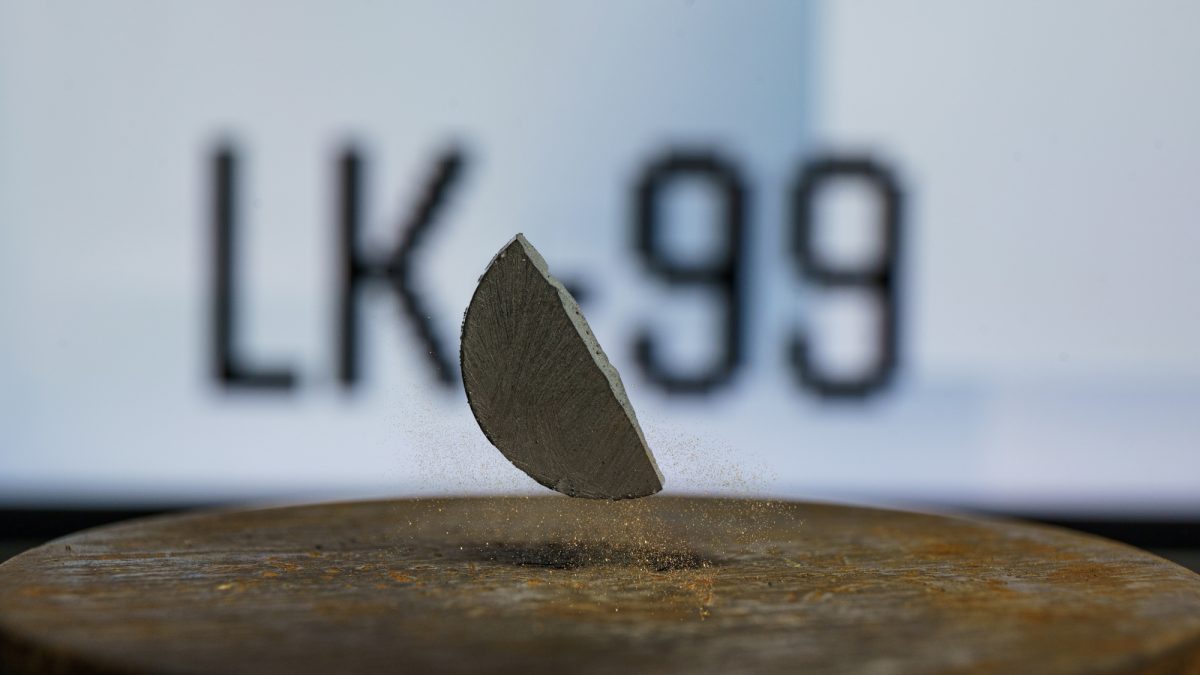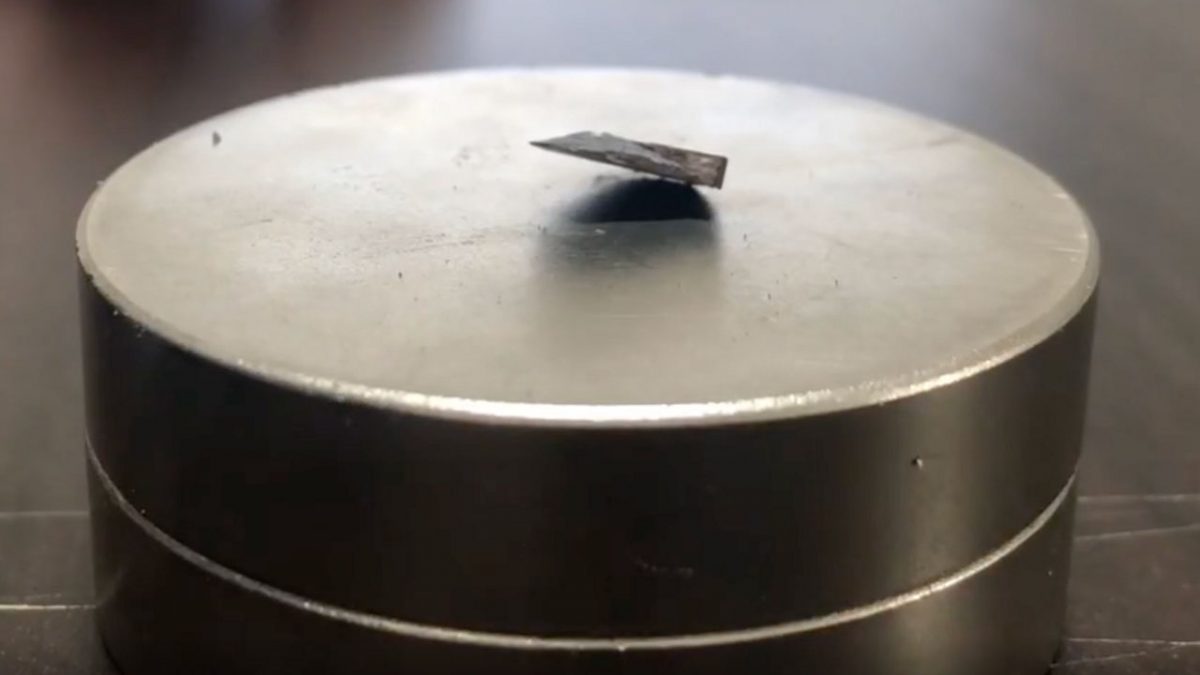LK-99 debunked after several tests by different labs

The fairy tale of LK-99 debunked after various tests conducted by different labs. These labs created the material to see if it was a superconductor, but it, unfortunately, turned out to be false.
More and more laboratories have been able to replicate LK-99, also known as modified lead-apatite, after a few heated weeks of rumors. The material was advertised as the first-ever room-temperature ambient pressure superconductor, and both healthy skepticism and enthusiasm greeted the claim.
Unfortunately, the proof hasn't shown up. Following the directions in the original publication, labs replicated the material, but they were unable to detect any signs of superconductivity in the newly uploaded papers.
A threshold temperature below which a material cannot conduct electricity begins the process of superconductivity. Some of the new information suggests that LK-99 behaves much like an anti-superconductor in that its resistance rises as the temperature falls.

LK-99 debunked by a Chinese lab
In the days that followed, the first results from independent labs were unclear, but the story is progressively changing to dispute LK-99's claim that it is a room-temperature superconductor. Debunking LK-99 has ended, and many who had hopes have been dashed.
The Condensed Matter Theory Center (CMTC) at the University of Maryland pointed out in a series of tweets put out on Monday that the Chinese laboratory known as the International Center for Quantum Materials (ICQM) claims that LK-99 experiences "ferromagnetism" rather than superconduction.
One aspect of ICQM and NTU (also NPL) results is the extreme high semiconducting/insulating resistivity (increases with decreasing T) with the room temperature resistivity ~ 2.10^5 https://t.co/K0eeC1u4kP which is billion times the Cu resistivity. LK99 seems to be an Anti-SC! pic.twitter.com/1Fj69whOIT
— Condensed Matter Theory Center (@condensed_the) August 8, 2023
Going even further, CMCT claims that "LK99 seems to be an Anti-SC" and adds that LK-99 has a resistance that is over a billion times stronger than copper at ambient temperature. Even while ferromagnetism and diamagnetism are magnetic phenomena in and of themselves, they are by no means uncommon. As shown by CMTC, these magnetic properties don't truly have any fascinating practical uses.
The discovery of a new superconducting miracle material would rank on par with the discovery of electromagnetic induction or the creation of the first transistor. Still, this most recent wave of evidence dispels such hopes.
Advertisement


















